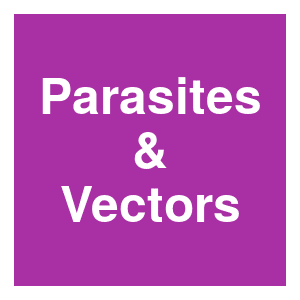Next-generation tools to control biting midge populations and reduce pathogen transmission

|
P. Shults, L. W. Cohnstaedt, Z. N. Adelman and C. Brelsfoard,
Parasites and Vectors,
14:31.
2021.

Biting midges of the genus Culicoides transmit disease-causing agents resulting in a significant economic impact on livestock industries in many parts of the world. Localized control efforts, such as removal of larval habitat or pesticide application, can be logistically difficult, expensive and ineffective if not instituted and maintained properly. With these limitations, a population-level approach to the management of Culicoides midges should be investigated as a means to replace or supplement existing control strategies. Next-generation control methods such as Wolbachia- and genetic-based population suppression and replacement are being investigated in several vector species. Here we assess the feasibility and applicability of these approaches for use against biting midges. We also discuss the technical and logistical hurdles needing to be addressed for each method to be successful, as well as emphasize the importance of addressing community engagement and involving stakeholders in the investigation and development of these approaches. More related to this: Prospects and Pitfalls: Next-Generation Tools to Control Mosquito-Transmitted Disease Gene Drive for Mosquito Control: Where Did It Come from and Where Are We Headed? Socrates Untenured: Ethics, Experts, and the Public in the Synthetic Age Africans paid 69 cents an hour to be bitten in GMO mosquito trial
|



